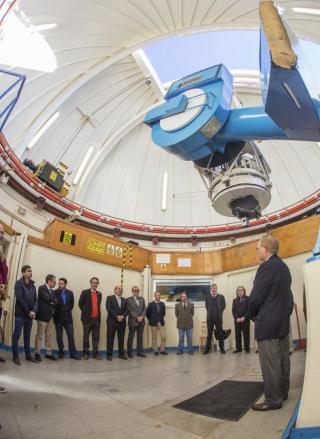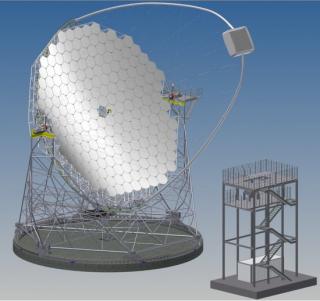
Thanks to an agreement between the SARA (Southeastern Association for Research in Astronomy) consortium of universities in the United States and the Instituto de Astrofisica de Canarias (IAC) the Jacobus Kapteyn Telescope (JKT), after a decade of inactivity, has been transformed into a telescope under remote control operation to be used for research, education, and outreach.
Advertised on



